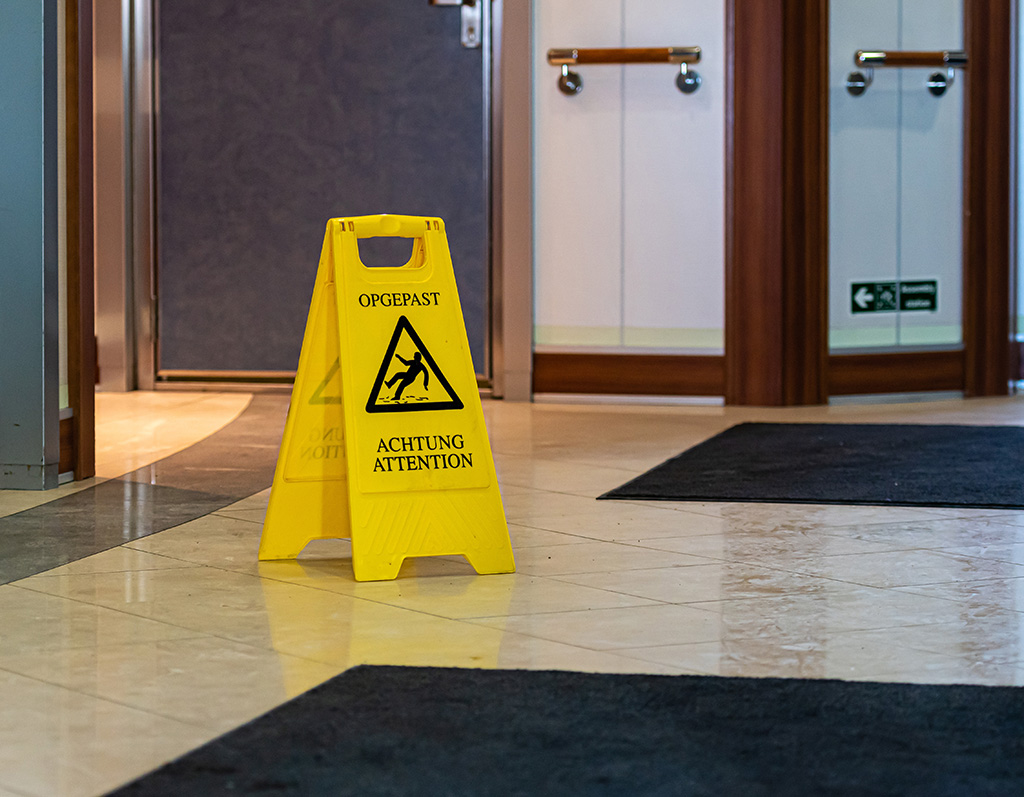When it comes to personal injury law, myths and misconceptions abound, leading many to approach their situations with hesitancy or incorrect assumptions. These myths can significantly impact an individual’s decision to pursue legal action, often to their detriment. Understanding the truth behind these common beliefs is crucial for anyone who finds themselves or a loved one in a situation where a personal injury claim could be warranted. In this article, we aim to debunk some of the most persistent myths in personal injury law, providing clarity and empowering you with the knowledge needed to navigate the legal landscape effectively. Whether you’re dealing with a minor injury or facing a complex legal battle, knowing the facts can make all the difference in your pursuit of justice and compensation.
Myth 1: Filing a Personal Injury Claim Is Always a Lengthy and Complicated Process
One of the most pervasive myths is that all personal injury claims are destined for a drawn-out and complicated legal battle, ending in a dramatic courtroom showdown. This belief can deter potential claimants from pursuing rightful compensation, fearing the emotional and financial toll of a protracted legal process.
Debunking: The truth is, many personal injury claims are resolved well before they ever reach a courtroom. Settlement negotiations often lead to an agreement that satisfies both parties, avoiding the need for a trial. While the duration and complexity of a claim can vary based on its particulars, having an experienced personal injury lawyer can streamline the process, handling the legal complexities and advocating on your behalf. These professionals are adept at negotiating with insurance companies and opposing counsel, aiming to secure a fair settlement in a timely manner. Thus, while some cases may indeed be lengthy, this is not a universal rule.
Myth 2: You Can Easily Handle Your Personal Injury Claim Without a Lawyer
This myth stems from the belief that personal injury claims are straightforward enough for individuals to manage on their own, without the need for professional legal representation. It’s an appealing thought, especially when considering potential legal fees.
Debunking: The reality is that personal injury law is fraught with complexities that can easily overwhelm the uninitiated. Legal proceedings involve intricate rules of evidence, procedural requirements, and deadlines that, if not adhered to, can jeopardize your case. An experienced lawyer not only navigates these waters with ease but also levels the playing field, especially when going up against well-resourced insurance companies and their legal teams. They bring to the table a depth of knowledge and resources that can significantly increase your chances of receiving the compensation you deserve.
Myth 3: Only Severe Injuries Are Worth Pursuing Legally
Many people believe that unless they’ve suffered a catastrophic injury, the effort and potential cost of pursuing a personal injury claim aren’t worth it. This misconception can lead individuals to overlook or dismiss their legal rights and potential compensation.
Debunking: The essence of personal injury law is to provide recourse for those harmed due to another’s negligence, regardless of the injury’s severity. Even seemingly minor injuries can result in significant medical expenses, lost wages, and pain and suffering—all of which are compensable under the law. A skilled personal injury attorney can help assess the full extent of your damages, advocating for your right to a comprehensive settlement that covers not just immediate costs but also any long-term implications of your injury.
Myth 4: The Court Will Always Favor the Injured Party
There’s a common assumption that plaintiffs in personal injury cases have a natural advantage, simply by virtue of having been injured. This belief can create unrealistic expectations about the ease of securing a favorable judgment or settlement.
Debunking: Success in a personal injury case hinges on the ability to prove negligence on the part of the defendant and to establish a direct link between that negligence and the incurred injuries. The process demands a thorough collection and presentation of evidence, from medical records to eyewitness testimony. There is no automatic bias towards the injured party; each case is judged on its merits. A knowledgeable personal injury lawyer plays a crucial role in assembling a compelling case to support your claim.
Conclusion
Dispelling myths in personal injury law is vital for ensuring that individuals are properly informed about their rights and the realities of the legal process. Understanding that the legal system is complex, that professional guidance is invaluable, and that every injury deserves consideration can empower you to take the necessary steps toward securing justice and compensation. If you or someone you know is navigating the aftermath of an injury, remember that seeking the advice of a seasoned personal injury lawyer is the first step towards demystifying the process and achieving the outcome you deserve. Don’t let misconceptions hold you back from pursuing the compensation you are rightfully entitled to.
If you or your loved one is injured in an accident, reach out to 1-833-DARFOOR, and we will help you heal and recover.











